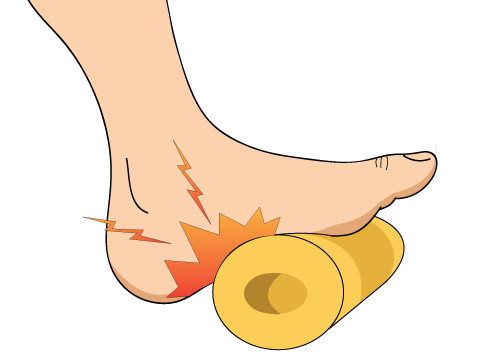Is Foam Rolling Beneficial?
Many people who suffer from Plantar Fasciitis (and other types of Foot Tendonitis) are told to use a foam roller. This is supposed to loosen up the soft tissue and help with recovery. While this may be beneficial when it comes to some injuries and conditions, it may not be the best treatment for Plantar Fasciitis. With Plantar Fasciitis, the issue is a plantar fascia that’s been overworked and overstrained. You want to try to limit the stress on the fascia as much as possible. By foam rolling, you may be introducing unneeded pain and aggravation to your plantar fascia. Many people who foam roll say that it can be very painful. Usually, this pain is a sign that you need to stop what you’re doing or risk further damage and irritation to your soft tissue. If you avoid the painful activities until you’re further along in the healing process, it’s more likely that you will heal faster. That’s why you shouldn’t do any exercises or stretches right after you’ve been injured. You need to let your body rest and start to heal itself. If you are interested in foam rolling, you should talk to your doctor or a healthcare professional before doing so.
Other Treatment Options
The RICE method – Rest, Ice, Compression & Elevation. Rest will help you avoid further injury to your foot. Ice is extremely effective for relieving pain. Compression helps to reduce swelling along with the cold. Elevation is another step that brings down inflammation.
Heat – Once your pain and swelling are gone, you can start treating with heat. This will help stimulate your blood flow and provide your injured foot with the oxygen and nutrients it needs to heal.
Painkillers – These should only be used during times of rest, but can be essential to alleviating stubborn pain. They are also ideal for use at night when you’re sleeping.
